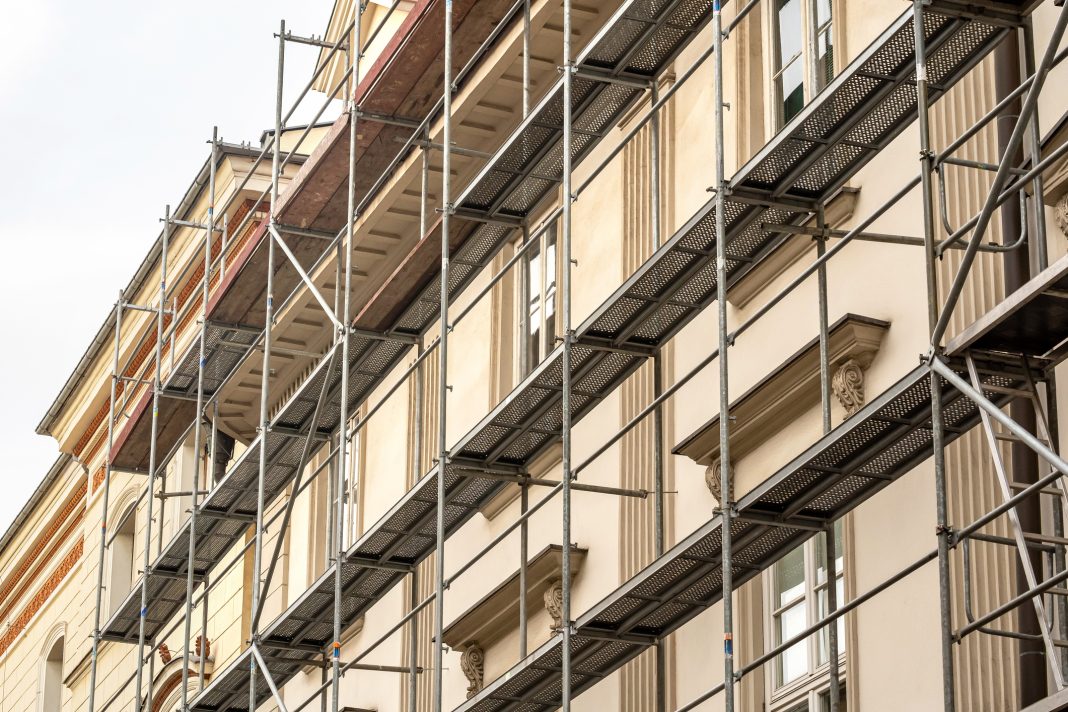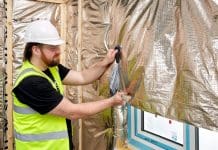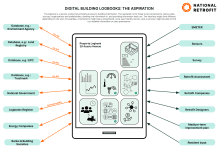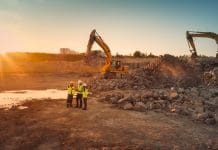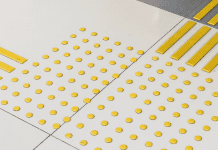Refurbishment of historic buildings is booming – but material specification for retrofit projects matters, says Steve Richmond of Rehau Building Solutions
Nearly a quarter of the UK’s housing stock, around 6.2m properties, was built before 1919, which makes them officially “historic”. Around 600,000 commercial sites, one-third of the nation’s total, are of similar vintage.
With energy efficiency now high on the agenda as the nation targets net zero, the retrofitting of such properties is booming.
Clearly, this offers opportunities for contractors and installers. However, the issues driving that boom mean that correct specification for retrofit projects can often be the difference between success and failure.
Namely, these are sustainability and cost-effectiveness.
The repurposing and upgrading of old buildings are key to the UK’s decarbonisation strategy but will only work if the environmental harms of retrofitting are minimised, and if the refurbishment and repurposing of those buildings provide substantial energy and cost savings.
What is more, those savings should not only be designed into the final building but also the process of refurbishing it.
With this in mind, it is clear that the perfect retrofit project is carried out as cleanly and quickly as possible with minimal waste and results in a building that is less costly – financially and environmentally – to maintain and operate than comparable properties, while offering superb performance.
What is specification?
Specification determines the speed of installation, cost and sustainability benefits.
In practice, this means that product specification for retrofit projects is key to success because any compromise in performance or delay in installation arising from a retrofit can be financially and environmentally costly.
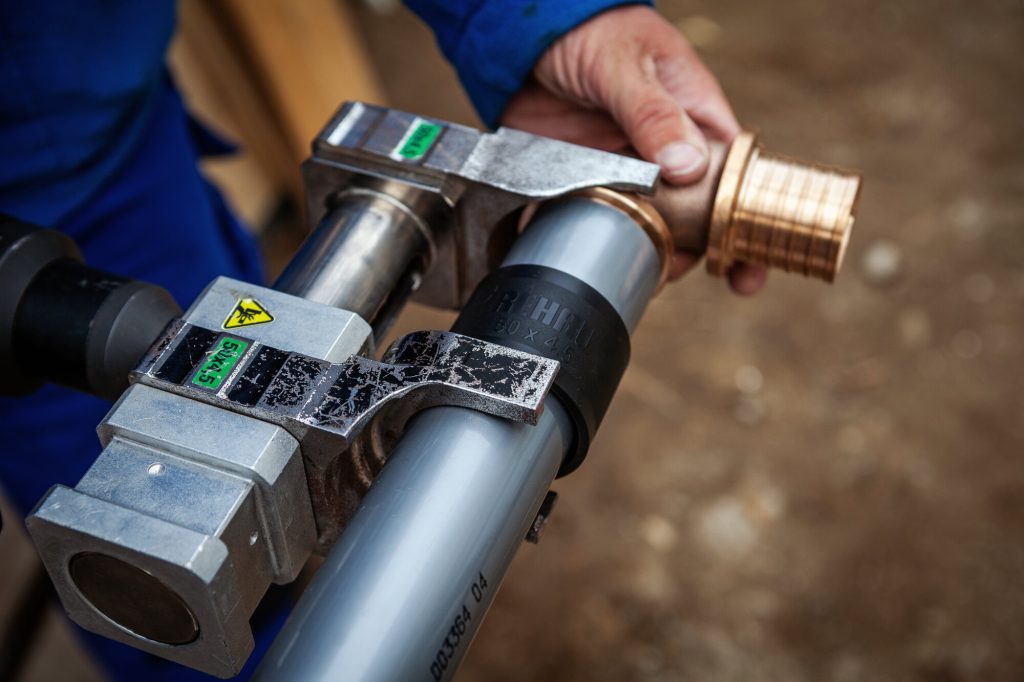
Since historic buildings are directly responsible for around 20% of the UK’s total greenhouse gas emissions, many must be decarbonised if they are to have any future.
However, this must be balanced with a need to maintain the fabric of older buildings, so that owners do not face further costs down the line for damage from damp or poor management of humidity.
Heat pump installation in older buildings
Of course, the refurbished building must also be as fuel- and cost-efficient as possible. In light of this, the specification of heating systems takes on new importance in refurbishment projects.
Low-carbon options, such as heat pumps, are an obvious solution and are becoming increasingly common.
It should be noted, however, that retrofitting older sites can require the heat pump to be placed away from the building.
This can be for a variety of reasons, including a lack of space directly next to the property, or for the sake of maintaining aesthetics for listed buildings.
As a result, pre-insulated pipework is necessary to ensure that there are minimal heat losses between the heat pump and the property.
Here, specifiers again have the choice between polymer and metal, with polymer boasting many of the same benefits as in the realm of plumbing.
It is increasingly clear that in the UK, the decarbonisation and refurbishment of historic buildings is a viable revenue stream for many in the construction industry, including some contractors and installers who have not worked on refurbs before.
Here, the key to success is simple – specify for fast installation and superior performance.
Steve Richmond
Head of marketing & technical
Rehau Building Solutions
Tel: +44 (0)1989 762600


